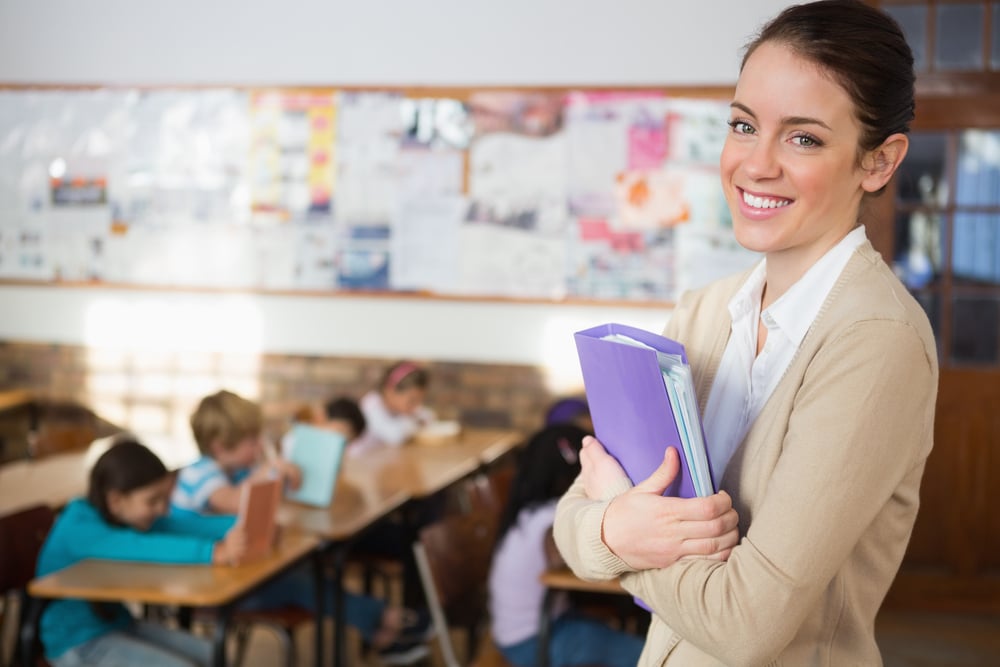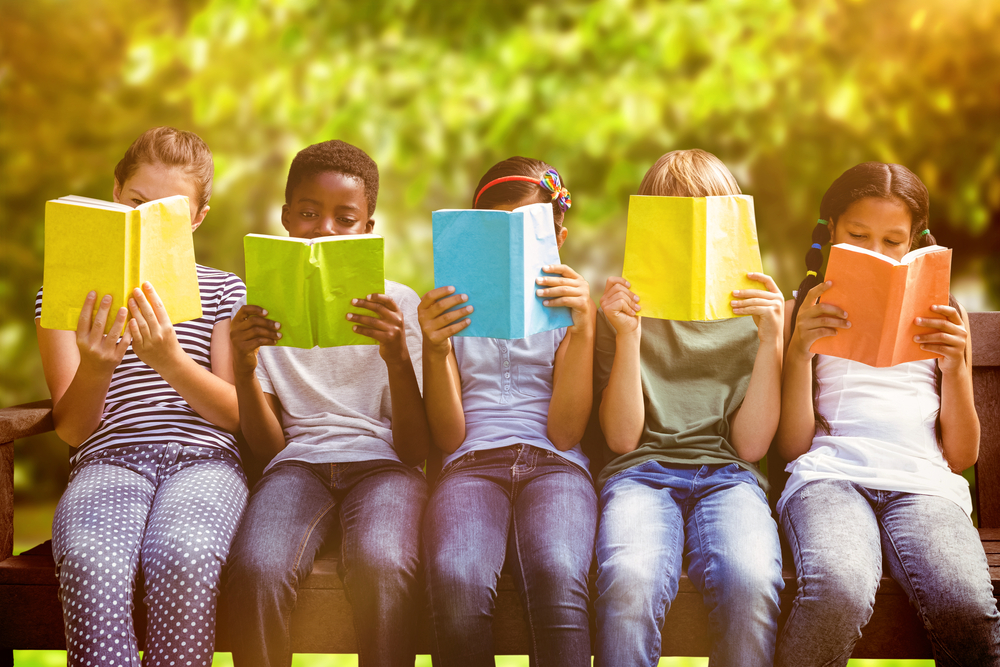Pupil Premium Plus and Early Years Pupil Premium: What You Need to Know
Schools are entitled to £2,345 per child in care or care leaver that attends the school from Reception to Year 11 through Pupil Premium Plus (PPP). The purpose of this money is to provide educational and developmental support to all eligible children and young persons, and the DfE has stated that it is good practice to consult parents and guardians on how pp funding should be spent.
Eligibility
To be eligible for Pupil Premium Plus (PPP), the child must:
- Be a Looked-After Child (according to the Children Act 1989), or
- Have left care through adoption, special guardianship order (SGO), or child arrangement order (CAO)
- Be in Reception-Year 11
- Be adopted from within England and Wales
Any school Local Authority School, Academy, Free School, non-maintained special school, or voluntary-aided-school with local authority agreement qualifies for PPP.
Children who have been adopted from overseas are not eligible for PPP, unless it can be demonstrated that they have been previously looked after by a public authority, a religious organisation or other care provider whose purpose is to benefit society.
Accessing PPP
From April 2021, PPP is allocated according to the number of eligible children and young people a school records in their October School Census. If this is the first time the child has been recorded as previously looked after at their school, the parent or guardian will have to provide evidence. For example, a confirmation letter from the council who placed the child. 2021 PPP payments will be made in four instalments, on or before:
- 30 June 2021
- 30 September 2021
- 31 December 2021
- 31 March 2022
For children who have left care (through adoption, SGO, or CAO), the Pupil Premium Plus grant goes directly to the school. It is the responsibility of the parents, guardians, or carers of previously looked after children, to make sure that the school is aware that a child was previously looked after. The designated teacher should ensure that parents and guardians are aware that informing the school will allow them to provide extra support.
For children who are currently looked after, the Virtual School is responsible for managing Pupil Premium Plus grants. The process for accessing the grant through the Virtual School will vary in each Local Authority, so the best thing to do is contact your Virtual School Head.
Using PPP
Pupil Premium funding can be used to support children across a broad range of educational and developmental support, including supporting a child’s personal education plan or mental health needs. How to use the additional funding is largely at the discretion of the school, but the DfE have stated that parents and guardians should be consulted. Statutory guidance for PPP states that:
- Funds should be pooled to provide the greatest benefit to all eligible children within the school
- Interventions should be evidence based, and in the best interests of the child
More information on using your PPP grant is available in the EEF’s Pupil Premium Guide which can be found by clicking the link here.
You can also check out the latest Government guidance on pupil premium funding here.
Early Years Pupil Premium
Background
Early Years Pupil Premium (EYPP) offers up to £302 per year of additional funding for early years providers (including nurseries, pre-schools, and childminders) for children aged 3-4 years old who qualify for free childcare. This does not include 4-year-olds in Reception.
Eligibility
- To qualify for EYPP, the child must:
- Be aged 3-4 years old (excluding 4 year olds in Reception)
- Be living in England
- Be currently looked after, or have left care through adoption, SGO, or CAO, or
- The parent or guardian must qualify for certain benefits (a full list is available here)
Accessing EYPP
EYPP is paid hourly when eligible children use their free early education entitlement. Children who use their full 15 hours per week will receive £302 per year.
For children in care, EYPP is paid to the Virtual School Head, who will allocate it to Early Years Providers. EYPP grants for parents and guardians who qualify through benefits are paid by the Local Authority directly to the childcare provider. The application process will vary across Local Authorities, so the best thing to do is contact your Local Authority or Virtual School Head directly.
Using EYPP
EYPP should be pooled to benefit all eligible children. How it is spent is up to the early years provider, but typical uses include:
- Providing additional training for staff
- Providing additional services e.g. a speech and language therapist
More ideas on spending EYPP are available here



